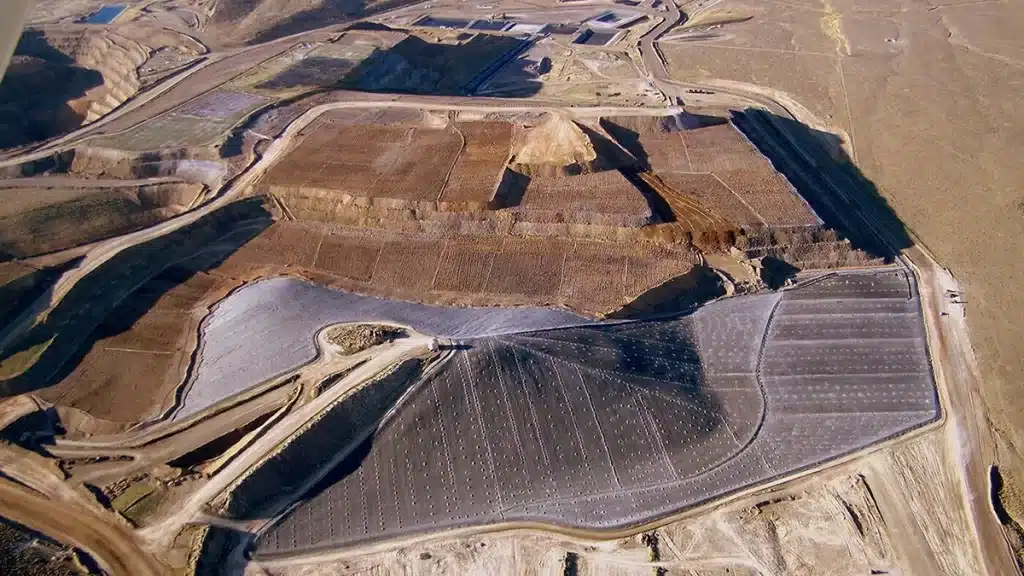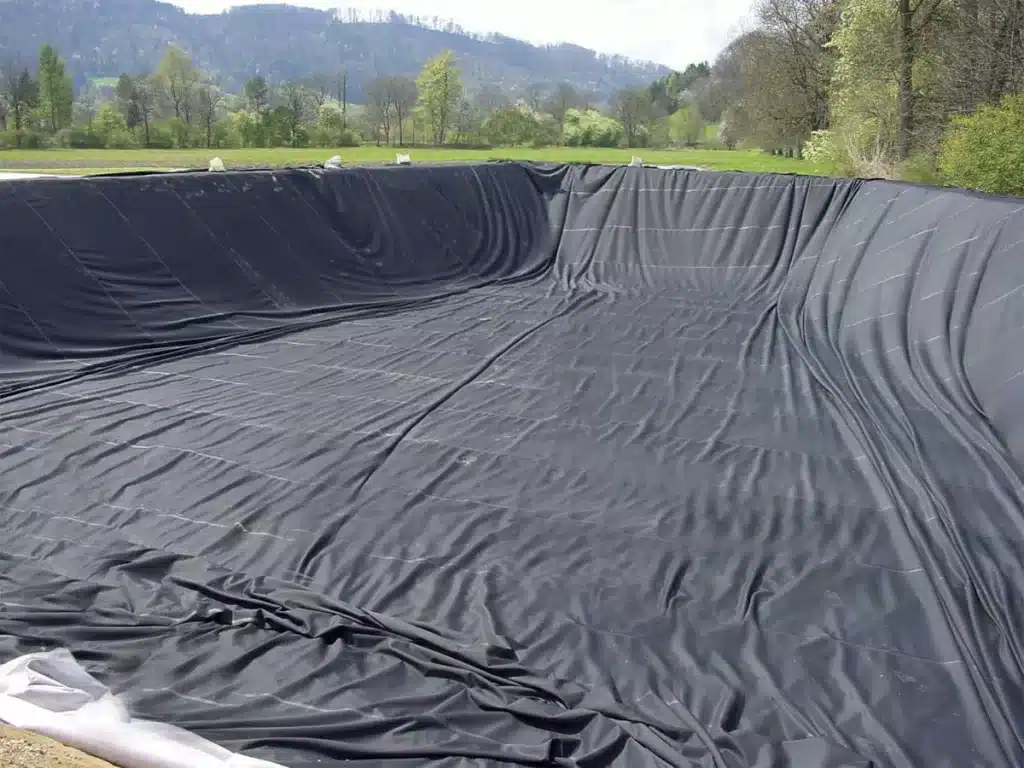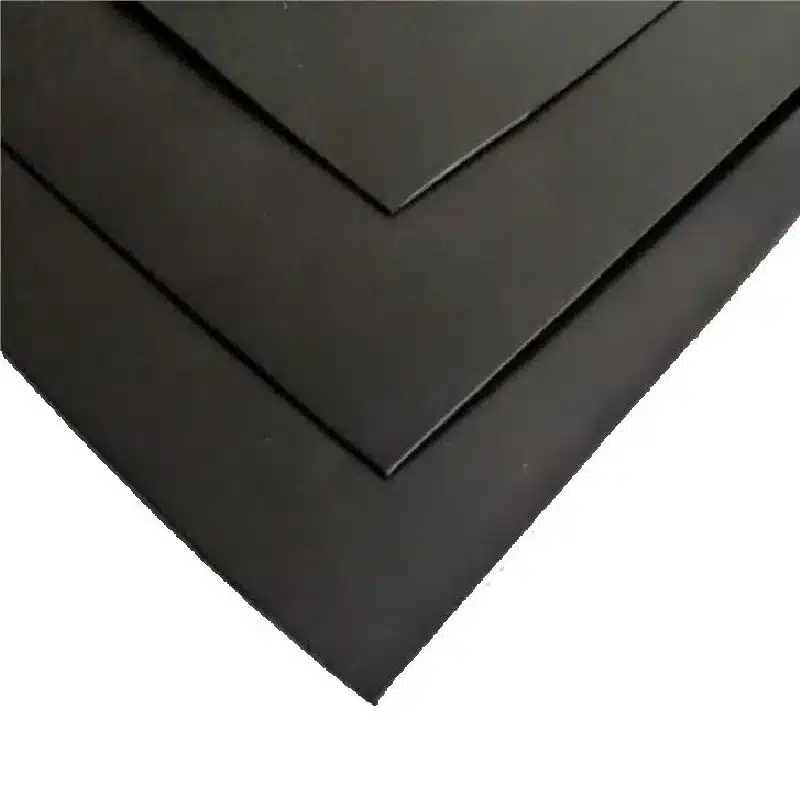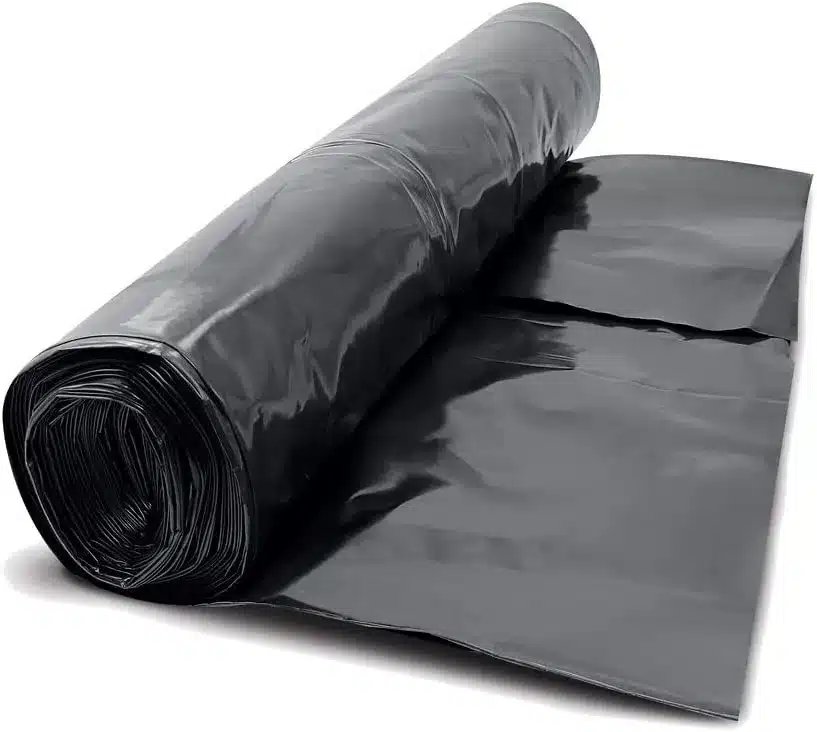+86-159 9860 6917
info@geofantex.com
geofantex@gmail.com
+86-400-8266163-44899
Geosynthetics, especially geomembranes, are essential in modern landfill engineering. They help restrict the flow of liquids and gases within the system. In this article, we explore why geomembranes are crucial in landfills, their various uses, their role when paired with High-Density Polyethylene (HDPE), and the benefits of using geosynthetic materials.

What is the function of the geomembrane?
Geomembranes are vital impermeable shields employed in landfills to halt the flow of liquids and gases in and out of the landfill. They act as a protective barrier, ensuring the containment of hazardous or municipal wastes and their leachates, thereby averting environmental contamination. Furthermore, geomembranes play a pivotal role in stabilizing earth and securing landfills, ensuring their long-term stability.
What are the applications of geosynthetics in landfills?
Geosynthetics, like geomembranes, have diverse uses in landfill construction. Apart from lining, they assist in erosion control, drainage, and reinforcement. These materials play a crucial role in establishing secure and eco-friendly landfills that meet regulations, ensuring public safety while also preventing groundwater from entering the landfill and preventing land subsidence caused by leakage.
What is the function of the geomembrane in HDPE?
High-density polyethylene (HDPE) is widely employed for geomembranes in landfills. Within an HDPE liner system, the geomembrane serves as the primary barrier, offering anti-seepage protection. It effectively blocks leachate infiltration, shielding the soil and groundwater from contamination. HDPE geomembranes are prized for their durability and resistance to chemical degradation, making them well-suited for various applications, including anti-seepage, plugging, reinforcement of rivers, lakes, reservoirs, and dams, anti-seepage of canals, vertical core walls, and slope protection in addition to landfill use.
What are the advantages of geosynthetic materials?
Geosynthetic materials provide numerous benefits in landfill engineering, including higher performance, lower cost, greater flexibility, and easier installation:
- Cost-Effective: Geosynthetics lower construction expenses by reducing the reliance on conventional materials and labor.
- Environmental Protection: They safeguard against soil and groundwater contamination, safeguarding the ecosystem.
- Durability: Geosynthetic materials boast extended lifespans, ensuring long-term landfill stability.
- Flexibility: These materials easily adapt to the natural landscape, enhancing construction versatility.
- Regulatory Compliance: Geosynthetics assist landfills in adhering to environmental regulations and safety standards.

In conclusion, geomembranes are a crucial component in modern landfill design and construction. They serve to protect the environment, maintain structural integrity, and ensure regulatory compliance. When used in materials like HDPE, they provide additional benefits of durability and chemical resistance. Overall, geosynthetic materials play a vital role in creating sustainable and safe landfill systems.



Get Free Sample
We’ll respond as soon as possible(within 12 hours)






















